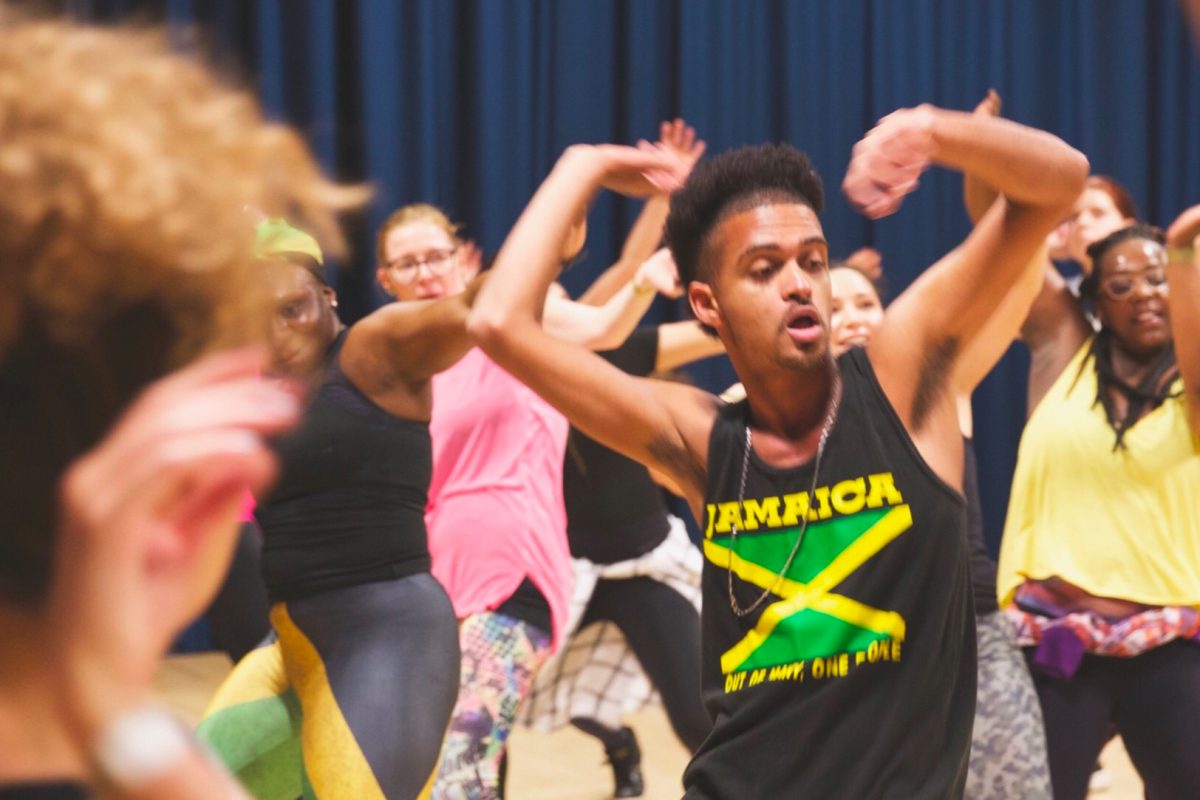Dancehall Artists Sidelining Dancing And Dance Tunes “To Their Own Peril” -Says UWI Reggae Studies Unit Head

“Those who forget dancing and dance tunes when they are making music in Jamaica do so to their own peril.”
That was the warning issued by head of the Reggae Studies Unit at the University of the West Indies, Dr. Sonjah Stanley Niaah after watching a video of Dancehall artist QQ and the duo T&A Twinz, dancing up a “Triple Touch” storm on a Revival/Mento-laced Dancehall beat, which was shared by ZJ Sparks on Sunday.
“Dancing a Jamaica middle name.” 🔥🔥🔥🔥 Big up QQ 👏👏👏,” the Culture Doctor added, to which QQ responded: “That’s right!! Nuff love Doc ❤️”.
https://www.instagram.com/p/CcLzjbopcsR/
Dr. Stanley Niaah, who has researched and written extensively on Dancehall and Reggae, is author of the books Dancehall: A Reader on Jamaican Music and Culture, Reggae Pilgrimages: Festivals and the Movement of Jah People and Dancehall: From Slave Ship to Ghetto, also pointed out that Revival music to which QQ and company were gyrating, has been a staple in Dancehall beats.
“Definitely drawing on the influence from Revival rhythms along the same lines as poco man jam etc.,” the lecturer, who also heads the Institute of Caribbean Studies, added.
Revival music, which involves singing, drumming, dancing, hand-clapping and foot-stomping, is the earliest form on indigenous Jamaican music, and comes out of part of a religious movement called the Great Revival, which began in Jamaica between 1860 and 1861. Mento, which followed, is often regarded as the Jamaican equivalent to calypso.
Dr. Stanley Niaah is not the only expert who has rued the absence of dance in the sounds being presented as Dancehall music in contemporary times.
In June last year, Dancehall megastar Shaggy, while speaking on The Breakfast Club morning show, in expressing his opinion on the evolution of the genre, had said new-age artistes had taken the “dance” out of Dancehall.
“The beat itself, they’ve taken the dance out of Dancehall. If you listen to the new dancehall now, the style that they’re on, it’s kinda like a trap fusion Dancehall,” the Boombastic deejay had said.
“You go to a dancehall party people stand up and they’ll sing these lines, it’s like a sing-along, more so than a dance along. And I think the dance of Dancehall is what was really appealing to people. And if you look at the streaming numbers, the 90s Dancehall is still streaming better than the current Dancehall,” he had added.
In November last year, musicologist Kurt Riley had also pointed out that while artistes and producers were ditching the danceable original Dancehall beats and going after the slow-paced Trap tempos, Dirt Bounce artist Lalee, had capitalized on the uptempo beat and made a massive windfall with his latest hit, which has even seen him getting a Digicel ambassador contract.
“And when you check it, di BPM range is another thing. Everything is basically between 94 and 98. Between 100 and 105, or 110 is open. And who is leading the 110 lane? Lalee,” the Billboard-charting producer had said.
“Nobody is there doing what Laa Lee a do. So is like open land fi Laa Lee. But as I said a lot of these things, people don’t look at,” the Kingston College old boy had added.
Also, in January this year, Reggae singer Gramps Morgan had also lamented the missing element of dance in Dancehall music.
In an interview with The Star, the Positive Vibrations artist had said there was a need for the improvement in the overall quality of the music, and that he was on “a mission to see the dance revived in Dancehall”.
“We need to come together and find a way to do it. We need better productions, better lyrics and sing some songs of life, love and appreciation. Me long fi see man and woman a bubble rub-a-dub style and some bottom a roll on the dancefloor,” Gramps had told the tabloid.
“We need the rent-a-tile kind of dancing, classy and sensuous, not the ‘daggering’ thing,” he had added.
